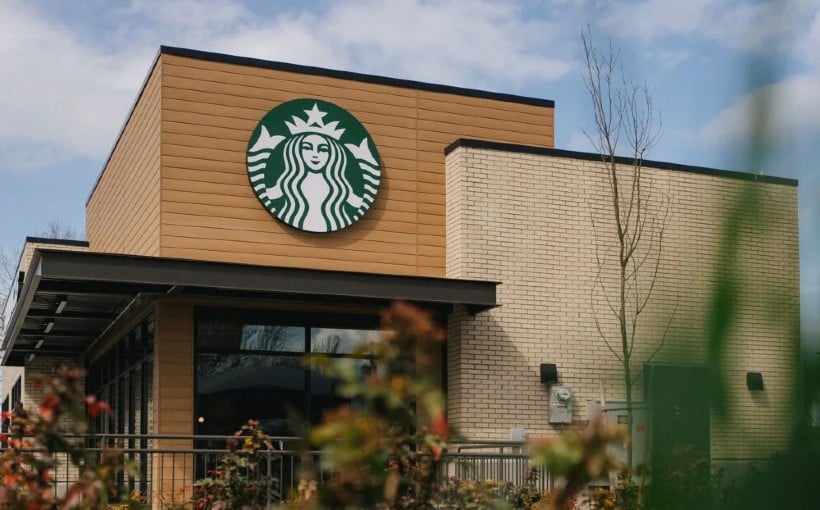**The Status of Real Estate: Insights from Walker Webcast with Aaron Appel, Kris Mikkelsen, and Ivy Zelman**
*Pictured above (left to right): Aaron Appel, Kris Mikkelsen and Ivy Zelman*
—
The first quarter of 2025 has brought a wave of change across the residential and commercial real estate markets. As Walker & Dunlop Chairman and CEO Willy Walker put it: “The world is changing at a rapid pace these days. It feels like it’s time to tighten your seatbelt and hang on for the ride.”
To provide clarity, Walker hosted a Walker Webcast on April 2, 2025, featuring Aaron Appel (Senior Managing Director, Walker & Dunlop), Kris Mikkelsen (Executive Vice President, Walker & Dunlop), and Ivy Zelman (Executive Vice President, Zelman & Associates, a Walker & Dunlop Company). The group discussed a variety of key topics, including tariffs, economic outlooks, consumer confidence, and trends across the real estate landscape.
### Housing Trends: A Mixed Bag
In the single-family housing market, Ivy Zelman observed that the traditionally busy spring season has been underwhelming. “There’s been a slight improvement in the existing market; inventory is finally increasing and people are tired of waiting,” she noted. However, pricing remains an issue. “I think the market remains pretty challenged, and I see more headwinds in the for-sale market due to tariffs and uncertainties,” she added.
One of those uncertainties is consumer confidence. Consumers who are uneasy about the economy or their employment status are less likely to engage in home buying, creating a major hurdle for the market. “Stabilization is needed before people will have the confidence to buy or sell homes,” Zelman said.
While the for-sale market is grappling with challenges, the rental sector is thriving. According to Mikkelsen, multifamily completions in 2024 were “unprecedented.” Despite that, 667,000 units were absorbed—more than double the average annual absorption between 2013 and 2019. With new supply slowing significantly, Mikkelsen warned, “We’re setting ourselves up for real shortages of housing inventory as we work through the rest of 2025 and into 2026 and 2027.”
### Transaction Trends
Aaron Appel believes the worst is over for commercial real estate, highlighting year-over-year increases in retail and industrial deals of 4% to 5%. While the office market remains soft, Appel suggested the rate of slowdown is becoming more manageable.
Mikkelsen noted that capital is flowing freely again. “The capital markets are very strong right now,” he said, pointing to a 25 to 75 basis point tightening in spreads across both public and private credit markets. Commercial banks, after a two-year period of caution, are starting to lend again, not just to existing clients but also to new ones. He also mentioned a rise in large securitizations and new allocations from life insurance companies.
The speakers agreed that while real estate remains highly sector-specific, the overall sentiment is trending optimistic for the remainder of the year. Appel emphasized that private and corporate credit markets are seeing a surge in capital. However, the interest rate environment will have a significant impact on whether this capital is directed toward acquisitions or refinancing.
### The Office Sector: A Division of Geographies
Appel suggested the office market has turned a corner—at least selectively. “It depends on the product and location,” he explained. For example, aging suburban office assets, such as those in parts of New Jersey, may no longer justify their existence. On the flip side, Class A high-rise offices in Manhattan’s Plaza District are in high demand, with rental rates nearing levels that could justify new development.
Geographic demand continues to be an important factor in performance. “In Century City, Los Angeles, supply is tight and rents are higher than ever,” said Appel. “But in downtown L.A., they’re struggling to fill space. It just depends on where you are.”
### Investment Outlook
To end the webcast, Walker asked the speakers which real estate sectors they would personally invest in.
Zelman chose single-family rentals, citing an ongoing shortage of that type of housing and strong consumer demand. “People are better off renting single-family than owning. They want the yard and the white picket fence,” she said.
Appel’s preference leaned toward Class A trophy offices and high-end residential properties, while Mikkelsen highlighted multifamily as a strong option, given the ongoing influx of capital targeting the housing sector.
Mikkelsen also pointed to data centers as an attractive long-term bet—not just the buildings themselves but also the surrounding infrastructure. “Investing in and around that infrastructure could be a safe space for a long time,” he concluded.
—
*On-demand replays of the April 2 Walker Webcast are available through the Walker Webcast channels on YouTube, Spotify, and Apple Podcasts.*



